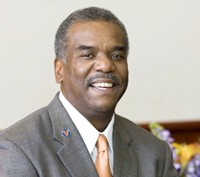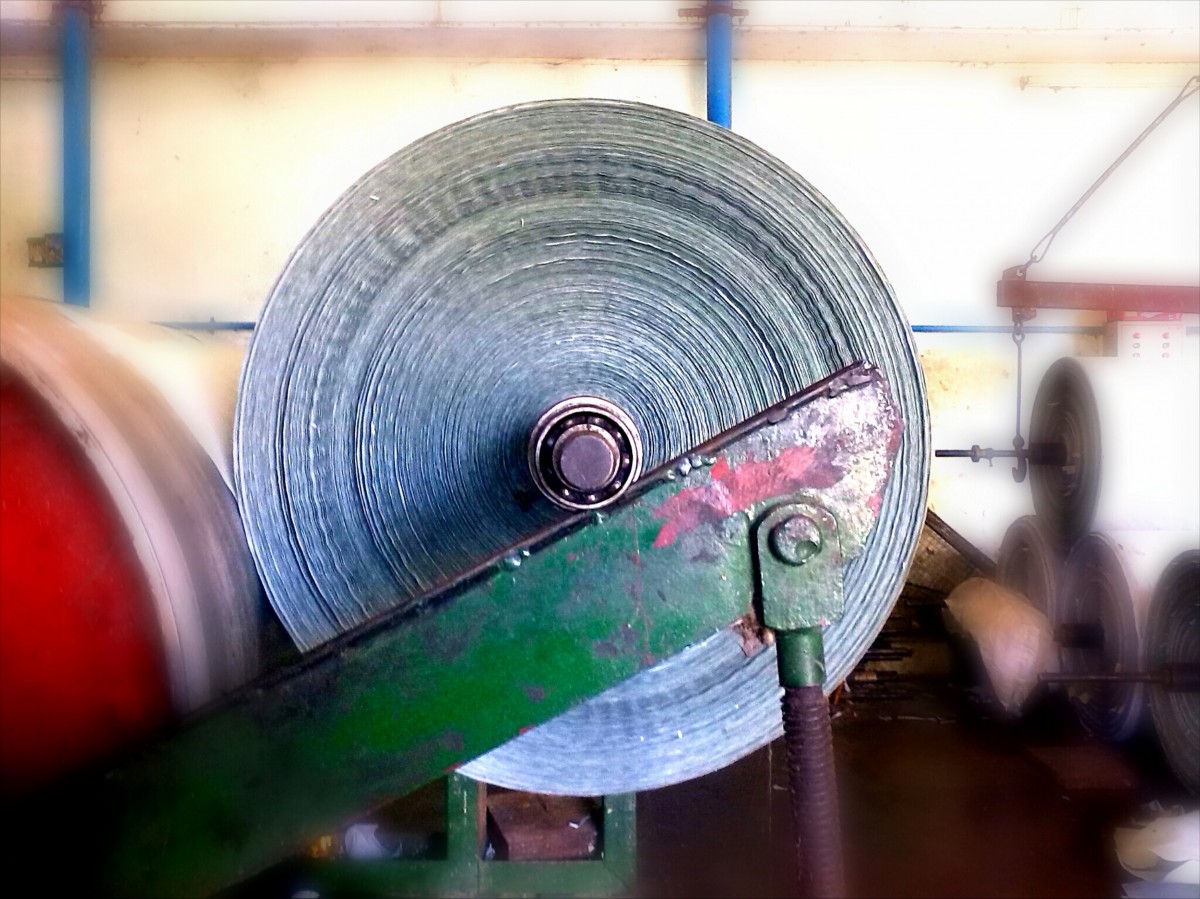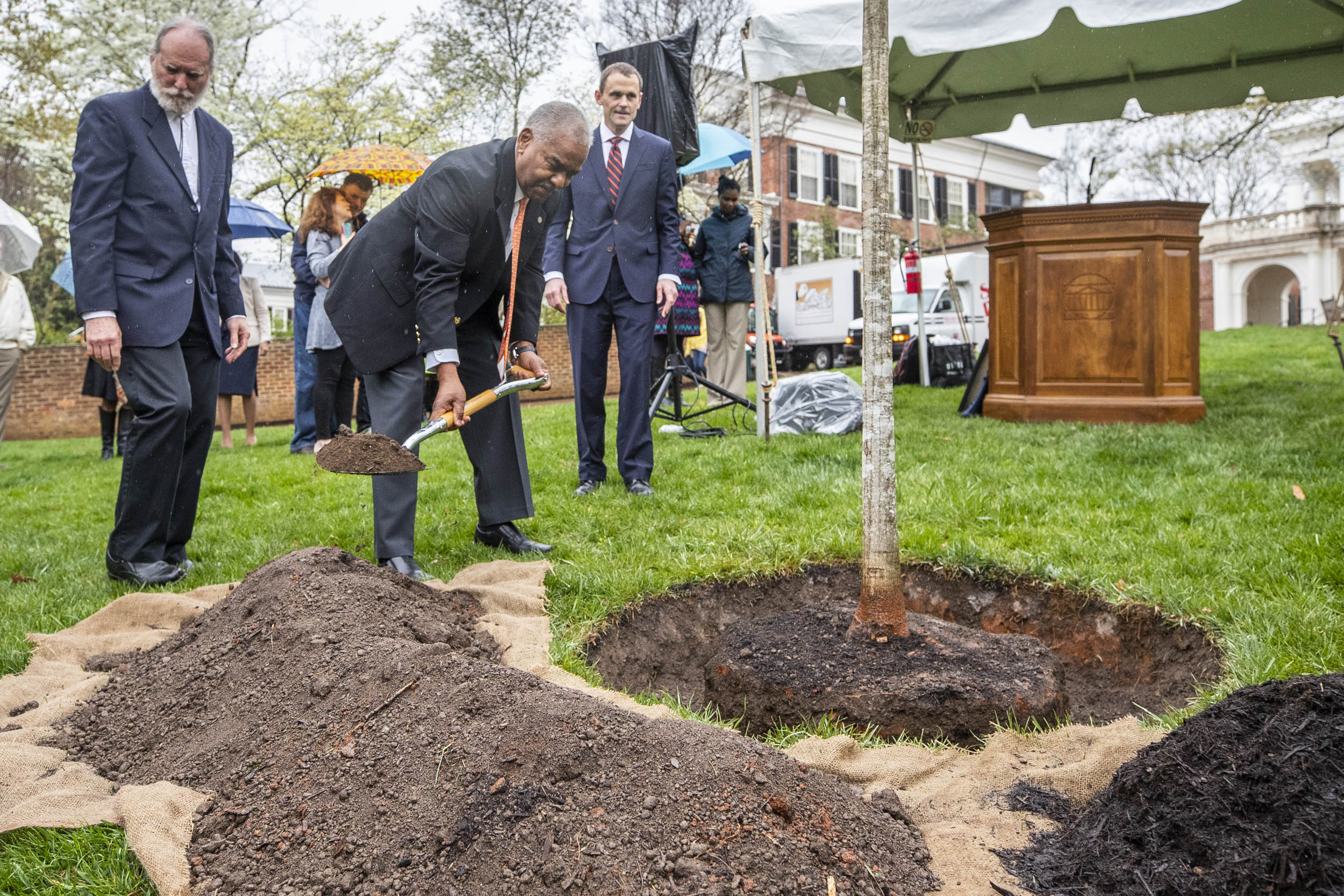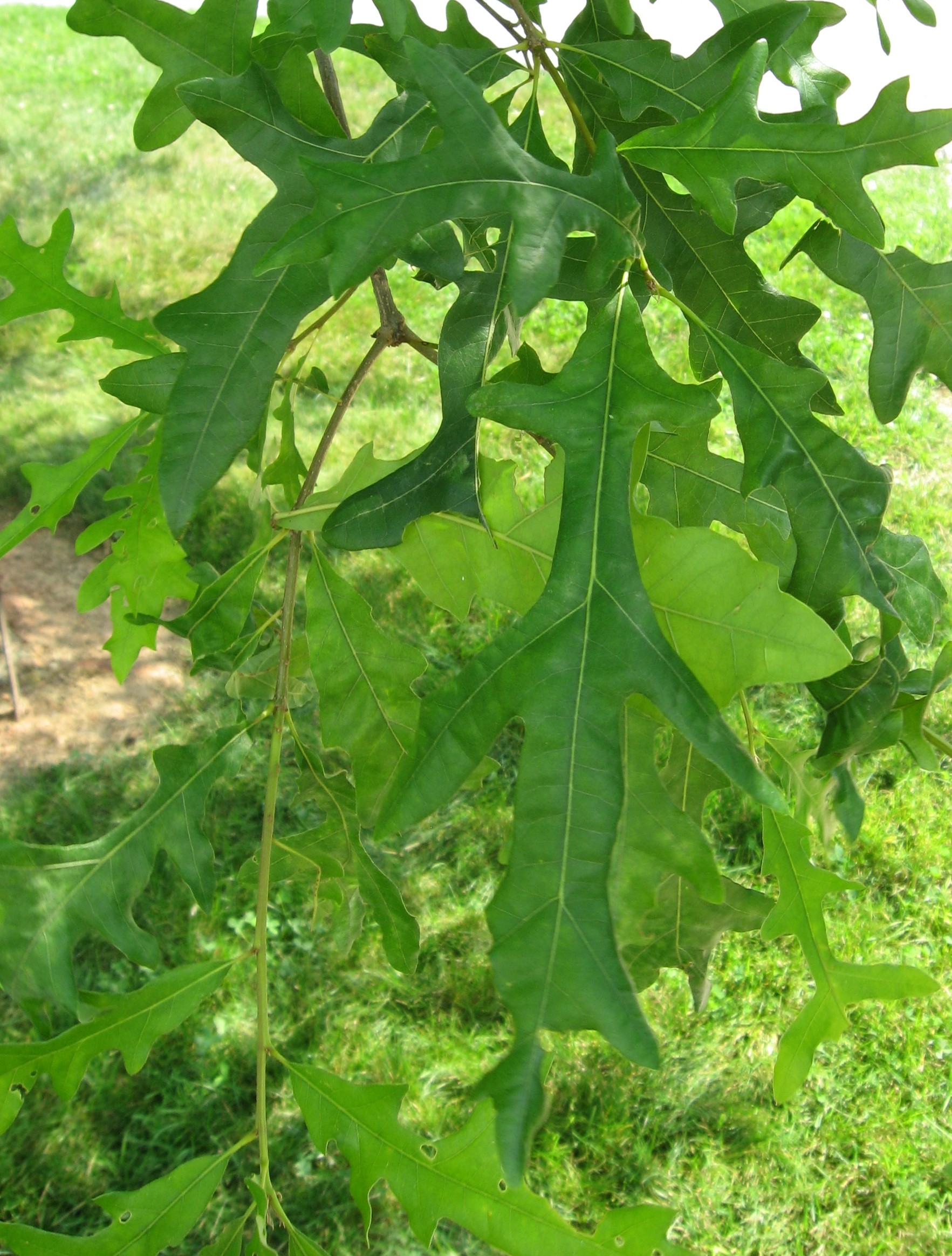A Tree in Honor
 As we celebrate ecological awareness on Earth Day, April 22, we consider how to give back what we take from the Earth. Lifetime Learning shares an excerpt from a *transcript of a speech given by the 2019 Founder’s Day tree honoree, Marcus Martin, MD, recently retired Vice President and Chief Officer for Diversity and Equity and former Professor of Emergency Medicine at the University of Virginia. Dr. Martin offers a touching account of his life’s journey and how his hopes for future generations will rest under the shade of an overcup oak tree.
As we celebrate ecological awareness on Earth Day, April 22, we consider how to give back what we take from the Earth. Lifetime Learning shares an excerpt from a *transcript of a speech given by the 2019 Founder’s Day tree honoree, Marcus Martin, MD, recently retired Vice President and Chief Officer for Diversity and Equity and former Professor of Emergency Medicine at the University of Virginia. Dr. Martin offers a touching account of his life’s journey and how his hopes for future generations will rest under the shade of an overcup oak tree.
[…]Almost 50 years ago in 1970, UVA instituted this annual tradition of planting a tree in honor of an individual who has made a significant and lasting contribution to the University. The tree…is to serve as a “living memorial,” celebrating the individual’s legacy[…]…
I grew up in the mountains of Virginia, not too far from here in 50’s and 60’s…My wife donna and I grew up ten miles apart with similar experiences, attending segregated…all black schools during the Jim Crow era. As a first generation…African American student in a very small school…my guidance counselor did not direct me to apply to UVA…Attending UVA was not thought of as an option…
[…]Coupled with good grades and encouragement from my high school guidance counselor, I received a scholarship to study pulp and paper technology and chemical engineering at NC State University…the only school to which I applied…and graduated in 1970…the same year as the tree planting tradition started at UVA…
I spent lots of time in North Carolina and Virginia forests…determining the ages of trees…learning the difference between soft wood like pine trees…and hard woods like oak trees…Oak trees are heavily logged…used as strong wood in the building industry and to make paper.
 I learned to process wood chips separating bark, fiber/cellulose, and the lignin…the glue. And I learned how to process the carbon by-product for use in water filters and gas masks. I learned how to bleach the fiber for appropriate brightness and to extract all liquids and compress fibers into the right tensile strength of the resulting paper…
I learned to process wood chips separating bark, fiber/cellulose, and the lignin…the glue. And I learned how to process the carbon by-product for use in water filters and gas masks. I learned how to bleach the fiber for appropriate brightness and to extract all liquids and compress fibers into the right tensile strength of the resulting paper…
My father, brothers and uncles all worked at the paper mill and the expectation was for me to return as a production engineer, which I did…making…corrugated medium…brown card board boxes, white paper products…like writing paper and milk cartoons, and recycling news print to make…the grey lining of cereal boxes…
An accident in the paper mill severely injured colleagues…Some were cared for at UVA for third degree burns and broken bones…I had just left from the scene prior to the accident…and [was] fortunate that I was not among the injured.
I no longer enjoyed working with mechanical pumps and fluid dynamics, but…rather sought to pursue knowledge about the human pump…I was accepted as a member of the charter class…of EVMS [Eastern Virginia Medical School], the only med school to which I applied…[…].
Ironically…50 years ago my early career depended on the tree…many trees..being harvested…Now that I am at the end of my career, this tree, Quercus lyrata, commonly known as overcup oak, will serve as a “living memorial,” not to be logged and processed into building material or paper…
That would be a tragic…incurable emergency…
I am happy to know this oak tree will live on for many years, expected to grow one to two feet per year, reaching 60 to 70 feet tall…with magnificent branches looking over…while not overlooking progress.

With a cheerful heart and gratefulness I accepted the opportunity 23 years ago to contribute to this University and community, working synergistically with so many here and seeing the progress made…I have personally been rewarded many times over…As a retired papermaker, emergency physician and soon to be “twice” retired chief diversity officer, my career has been wonderful…
And now…I only wish this tree could hear, see, feel, and talk…If so, it might see…who sits on the bench in my honor beside Madison Hall, or if my spirit is trying to sneak into work at Madison Hall every morning at 6:00 am…Looking over at the School of Medicine and hospital. This tree would know…who holds the…Marcus L. Martin Distinguished Professorship of Emergency Medicine, providing great health care to the community.
This tree might hear stories from students, staff and faculty as they walk by to the Corner, to class and to the Lawn. This tree might hear someone ask…“Was Marcus Martin related to that famous guy…Henry Martin…the bell ringer”?
This tree will hear the cheerful songs of the birds high on the branches…on occasions wings interlocked and swaying while singing “the good old song.”
The name overcup for this tree derives from the acorn’s cup that typically covers over 2/3 to almost all of the fruit…So this tree will see many squirrels scampering, chasing each other and gathering and burying nuts…sure to forget where some are buried…perhaps resulting in a new overcup oak to spring up later…
And on hot summer days this tree will provide shade, and on occasion will feel the not-so-refreshing tinkling of dogs on its trunk…
 Looking down the hill this tree will see, in the midst of a honey locust grove…the many visitors reflecting and learning as they visit the Memorial to Enslaved Laborers…
Looking down the hill this tree will see, in the midst of a honey locust grove…the many visitors reflecting and learning as they visit the Memorial to Enslaved Laborers…
Today, I hope this tree takes a good look at my beautiful wife Donna…my partner for 45 years. And understand that without her support I could not receive such an honor as this tree planted in my name…Donna, love you and thank you…This is “our tree,” and the good part [is]…you won’t hear me complain about raking the leaves…
And if this tree could see, hear and talk…I only wish at some point in the future…long after we are gone…this tree could tell our grandchildren and great grandchildren…that the seeds sewn here during our time produced growth in diversity, equity, inclusion…as strong as the oak tree itself will have grown by then!!!!
*Ellipses are from the author’s transcript, except where noted by […].
- Musings on National Violin Day
- Making the Promise Real: How a UN Tax Convention Can Fulfill the UNDHR’s Vision
- Having a Drink With Your Donkey: The Absurd in Antiquity
- UVA Club of Atlanta: Virtual Pilates Class
- UVA Club of Fairfield/Westchester: Cavs Care - Food Pantry Donation Drive
- UVA Club of Phoenix: Hoo-liday Party